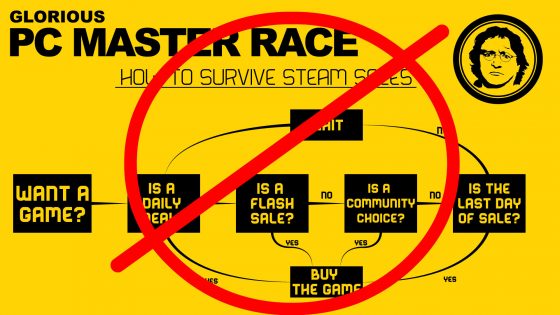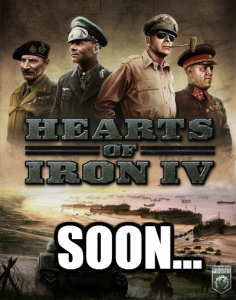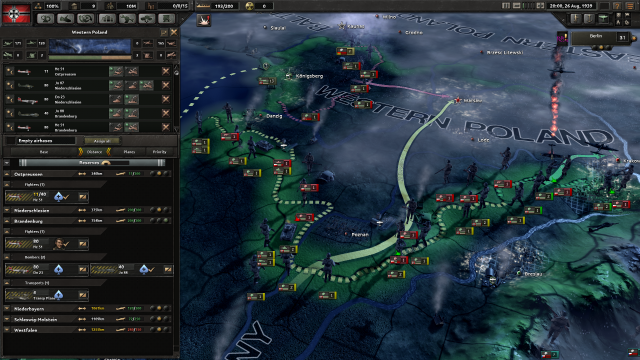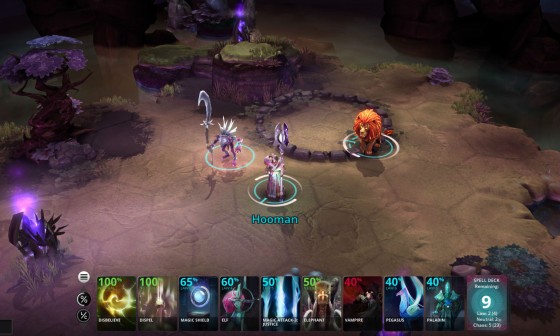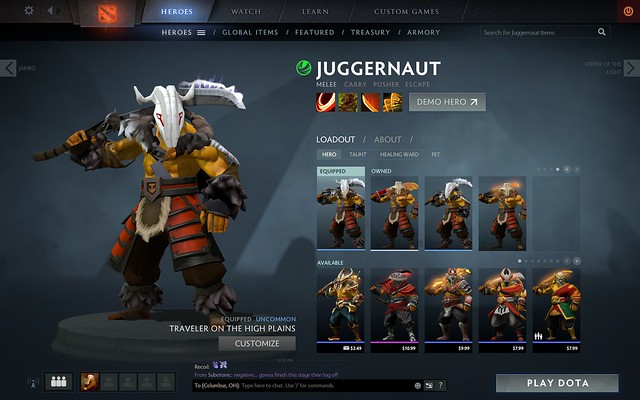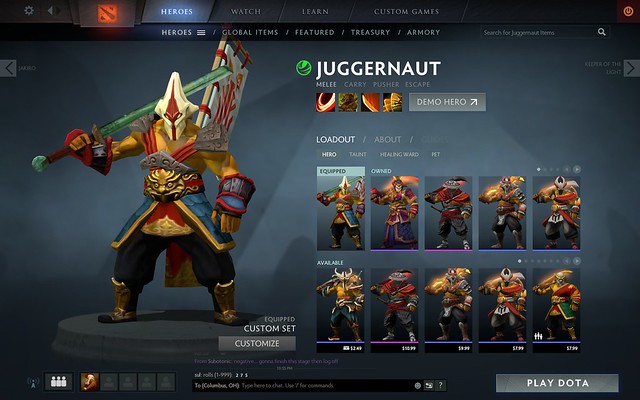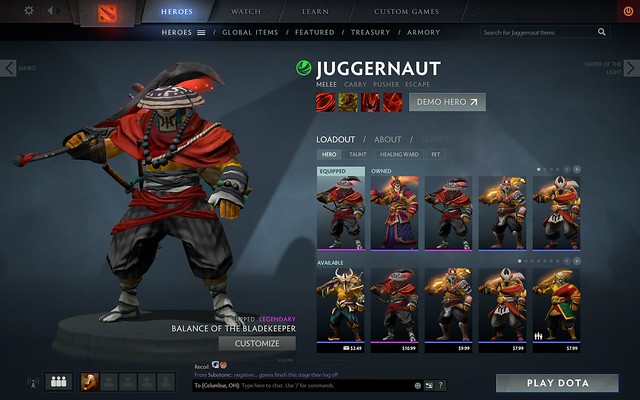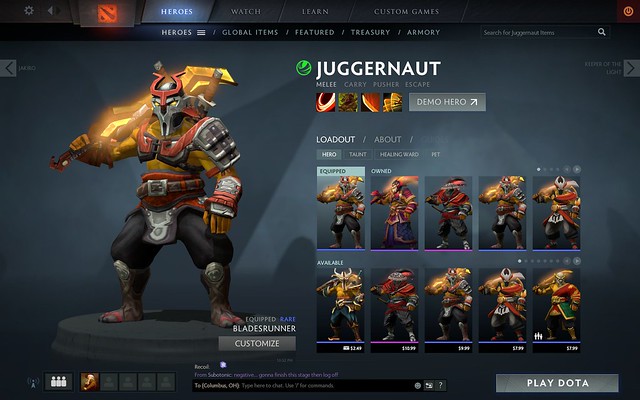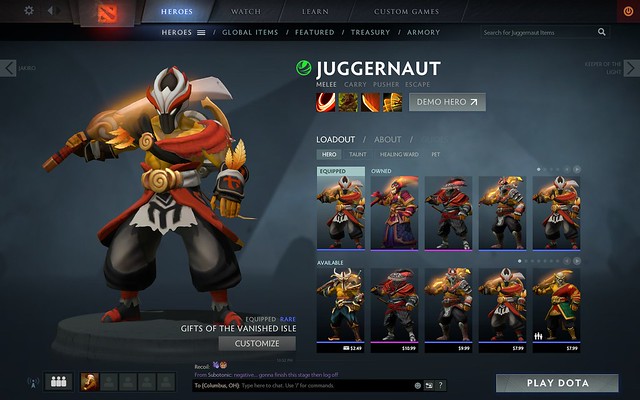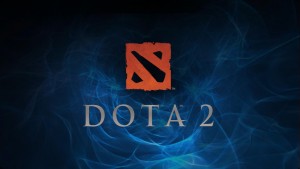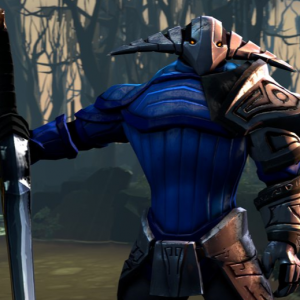 (I am in the process of doing the research before building a new PC. As I work through this research, I’m going to post some of the more useful/interesting tidbits I find along the way. This is the first of a series of quick posts.)
(I am in the process of doing the research before building a new PC. As I work through this research, I’m going to post some of the more useful/interesting tidbits I find along the way. This is the first of a series of quick posts.)
The plan is to build a moderately beefy computer. I’m not going the budget route, but I’m also not going the all-out, 4k-capable, 100fps ultra-settings PC, either. I think I’ll use the monitor as a starting point to build the system around. I’m selecting a 1440p monitor and will select components that will give me the flexibility to upgrade to the 4k realm if I so desire down the road. For now, I think 2560×1440 will be plenty of pixels.
It’s been a long time since I’ve bought a new monitor (I am still rocking this solid but definitely long-in-the-tooth Lenovo ThinkVision 24″ beauty pictured above) so I haven’t done any serious monitor research in over eight years. As you can see, the refresh rate on my ThinkVision is 60Hz. Back when I got it, no one fretted over refresh rates. It was all about resolution, and I specifically chose that model for its 1920x1200 resolution. Those extra 180 pixels turned me into a resolution snob. Oh you play at 1080p? That’s cute. My monitor eats 1080p’s for breakfast.
So since I’m not going for those ultra-high 4k settings, I’m going to look for a solid 2560×1440 monitor with a good refresh rate.
In simple terms, the refresh rate is how many times per second the monitor is able to change each pixel on the screen. While it is not tied to frames per second (that’s how many graphical images [frames] your graphics card can pump out), you need a monitor that can at least keep up with the power of your graphics card. If your graphics card is easily humming along at 100 fps, that old 60 Hz monitor isn’t going to keep up and you’re losing graphical “quality”. Having a monitor’s refresh rate be as close to the frames per second being pumped out by the GPU is essential to making the most of your system’s power. How fast you need is really a personal preference. This article I found at Digital Trends sums up what the majority of my research has shown:
In short, if you’re a gamer, we’d argue that you would see a greater, more obvious benefit from switching to a high-refresh rate monitor than you would in upgrading to 4K — as doing both can get inordinately expensive and taxing on your hardware. 120Hz or 144Hz displays make for smoother, tear-free gaming with less input lag.
The way it looks is this: the jump from 60Hz (where I’m currently at) to anything over 100Hz is going to be markedly improved. The sweet spot seems to be around 144Hz. There are newer screens coming out that top out at 240Hz, but now we’re in the realm of diminishing returns. The difference going from 60 to 120Hz is drastic. The difference from 120 to 240 is only going to be perceptible to the trained eye (that means not me).
So we’re looking for a monitor with a 144 Hz refresh rate, but that’s not all. There’s still things like response rate, sync’ing, and if curvature is all it’s cracked up to be.
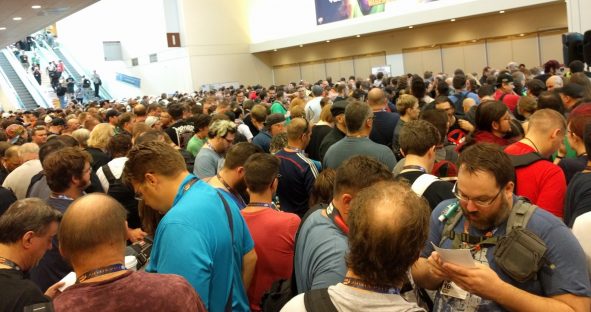
 Jason (Boardsmasher): A few weeks ago I attended GenCon, the self proclaimed four greatest days in gaming. I spent loads of time at that convention learning about new board games, playing some of the classics with friends, and meeting hordes (and I mean hordes) of interesting people.  I wanted to sit down with Chief Buttonmasher Tony to decompress from the experience and share with him the good, the bad, and the boardgames.
Jason (Boardsmasher): A few weeks ago I attended GenCon, the self proclaimed four greatest days in gaming. I spent loads of time at that convention learning about new board games, playing some of the classics with friends, and meeting hordes (and I mean hordes) of interesting people.  I wanted to sit down with Chief Buttonmasher Tony to decompress from the experience and share with him the good, the bad, and the boardgames. Tony (Chief Buttonmasher): How was the smell? (I’m sorry, I had to do that).
Tony (Chief Buttonmasher): How was the smell? (I’m sorry, I had to do that). 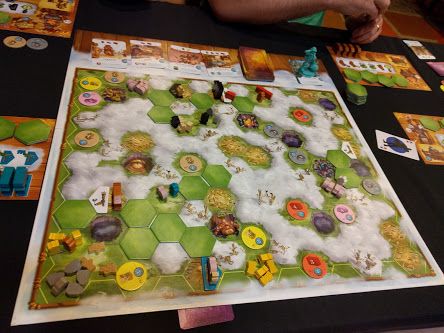
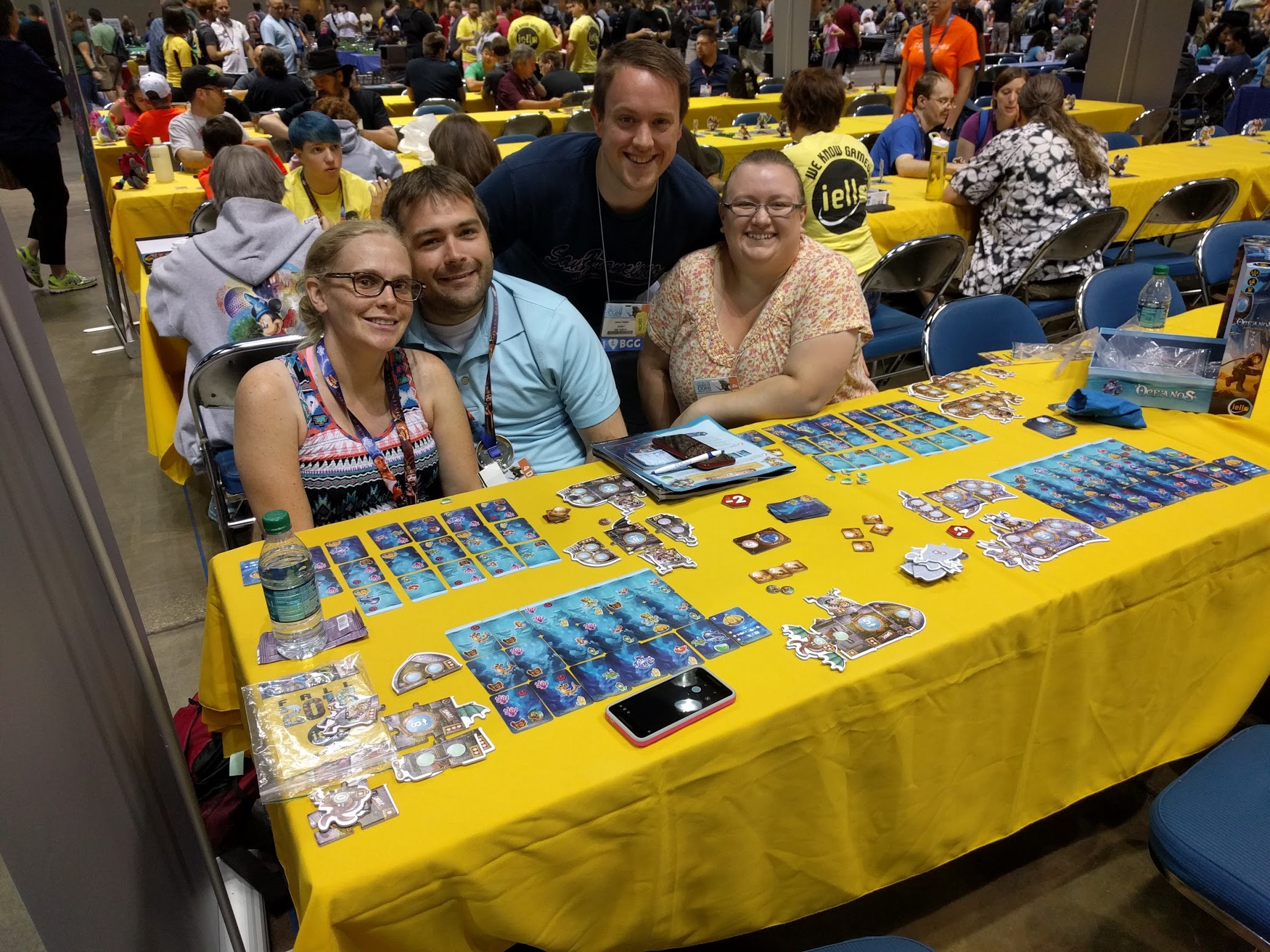
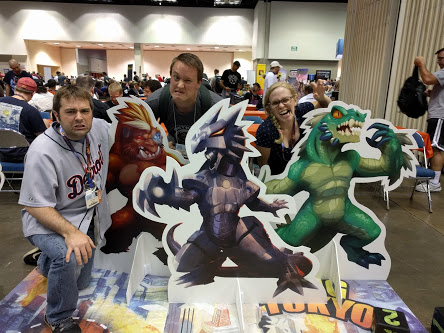
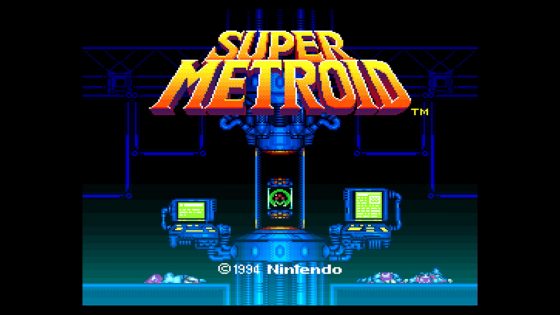
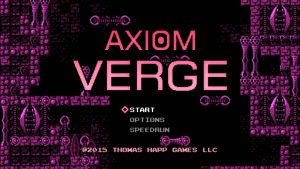

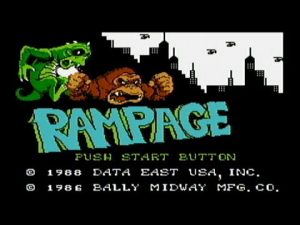
 After an extended break, Fallout 4 is back in heavy rotation. With the first two solid DLC packs having already dropped, I wanted to get through the main quest line before diving in to the DLC. That’s been my SOP for most games like this — finish the main game, then play the DLC the way the Lord intended (in the order it was released). I feel like there was a distinct order the developers had in mind and I want to stick with that.
After an extended break, Fallout 4 is back in heavy rotation. With the first two solid DLC packs having already dropped, I wanted to get through the main quest line before diving in to the DLC. That’s been my SOP for most games like this — finish the main game, then play the DLC the way the Lord intended (in the order it was released). I feel like there was a distinct order the developers had in mind and I want to stick with that.